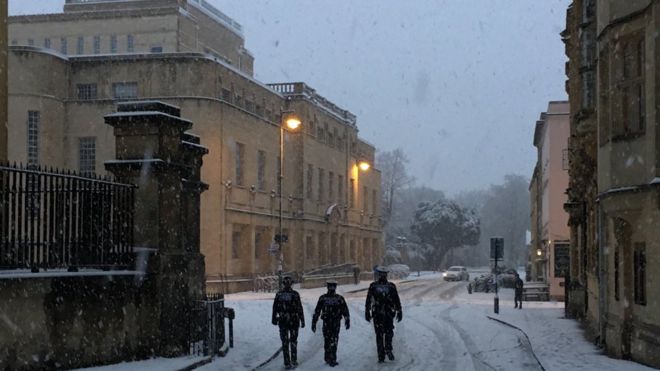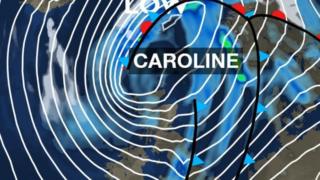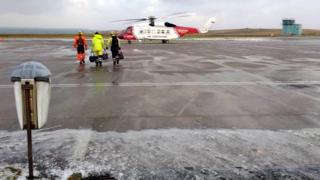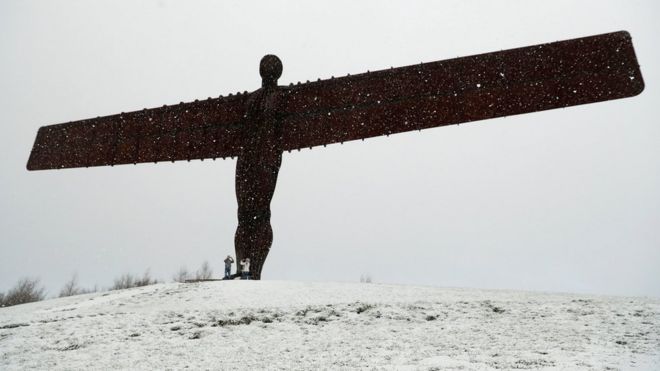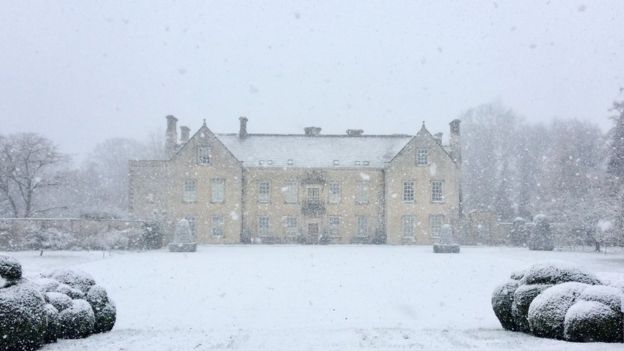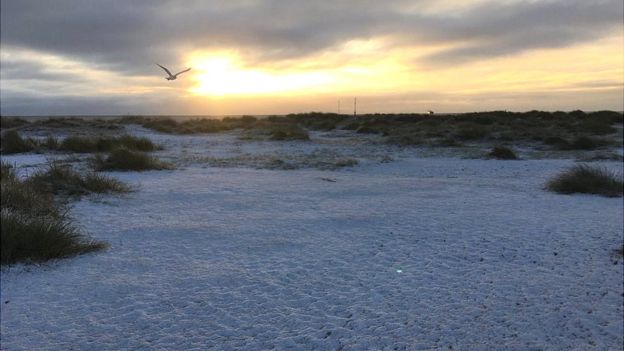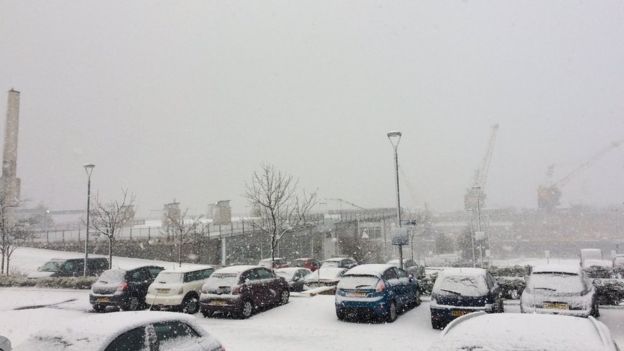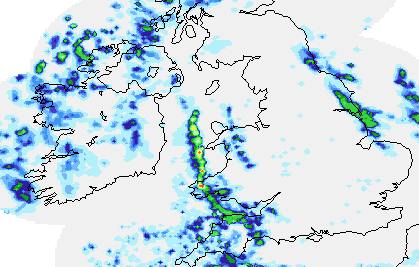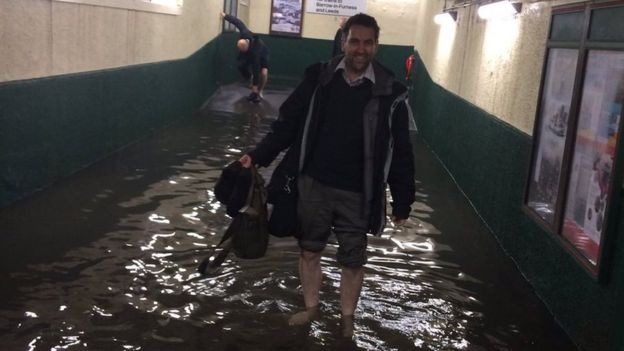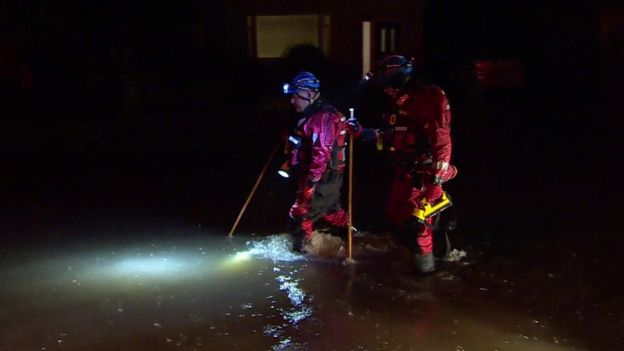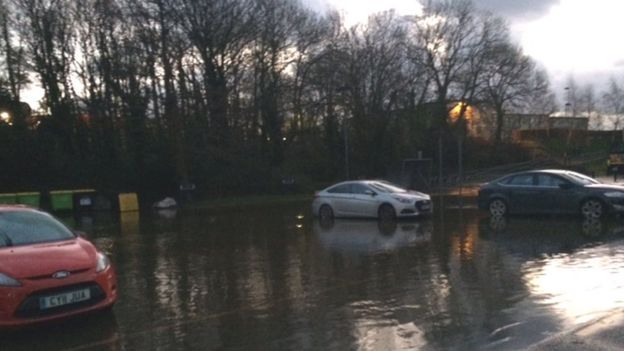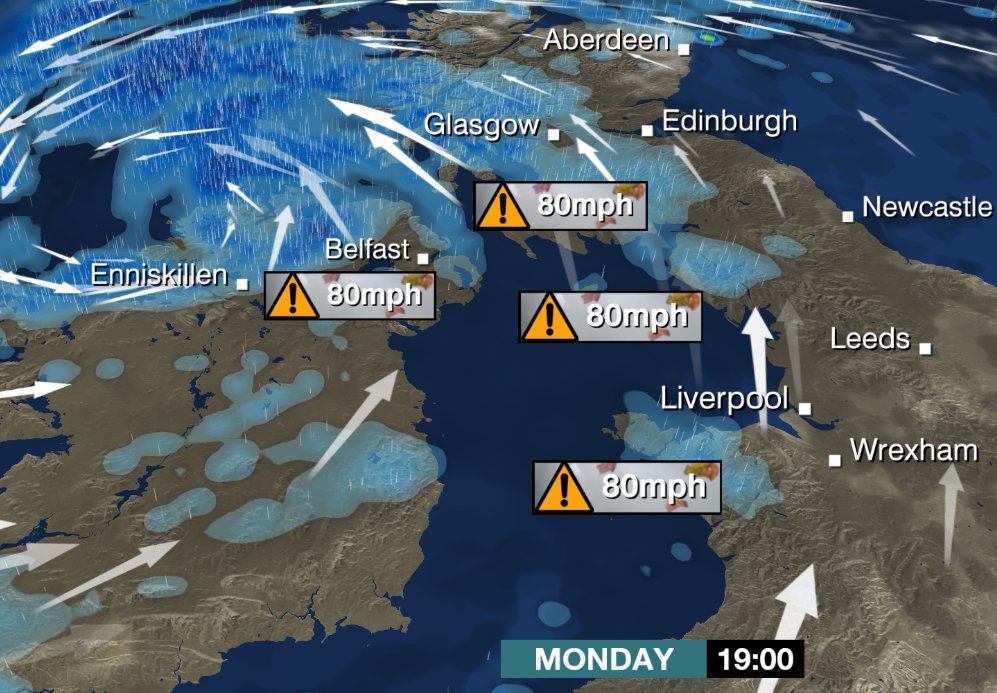It has been said in the past that we Brits have a very unique way of dealing with things going wrong, take for instance the forecast for Christmas which is suggesting that all the dreams and hopes for a White Christmas will only be able to be enjoyed by those people who live in Cairngorms. The rest of the UK will just grin and bear it and hope that it may snow at any point up to and including January 6th so with a lack of snow to talk about what do we Brits resort to, that tried and tested method of saying “Well, it could be worse” and then breaking out the collection of bloopers, so in tribute here are a collection of weather bloopers from all over the place showing that if something can go wrong with the weather, the best thing to do is just put it up to experience.
The first thing that can go wrong is the actual map, as happened to this poor weather forecaster in Arizona to which I would say “Shakespeare said that “to err is human”, a concept I entirely agree with, but what many people may not know if that he concluded the line “to really louse things up takes a computer!””
And even if the display is correct, it could be the actual forecast that is wrong as demonstrated here in Ireland
Of course getting the forecast wrong only happens one or twice, however getting the forecast right is still no promise that it will come and bite you as happened here during Super Storm Sandy in 2012
So you might think that it’s better to stay indoors, in the warm, whether nothing can happen to you, yes? Well, try explaining that to this presenter from North Carolina who somehow managed to catch a cold
And yet, even if the map fails, the presenter fails and the weather itself fails, you can still rely on the equipment yes? Then again as shown here in Canada, perhaps that’s never a good idea
And then, just to add insult to injury, you have the case of the “external influence” causing it to go wrong as shown here in Florida
So, my advice to anyone stuck in a weather studio over Christmas or being forced to report from parts of the US where you’d be more sensible to be inside a freezer than outside a freezer would be this. If it all goes wrong, if the satellite truck packs up, if the weather graphics crash, if you’re handed the weather with only thirty seconds till commercial or if the whole place is subject to a fire alarm, just grin and bear it and wish everyone, as I am now, a Merry Christmas.









